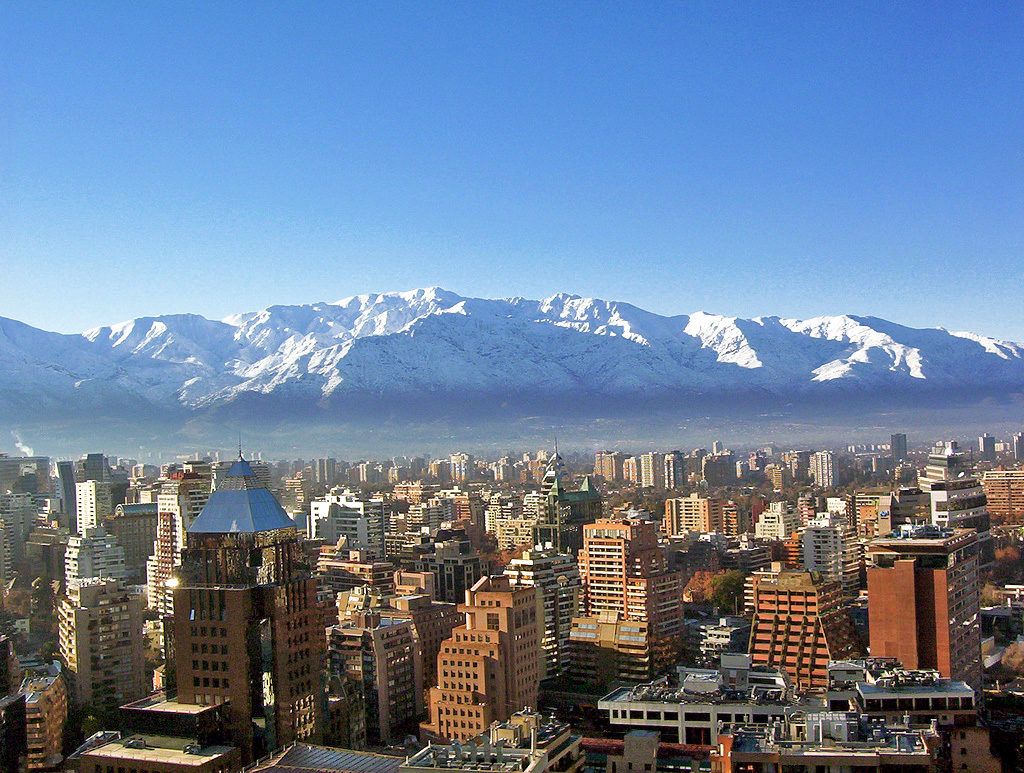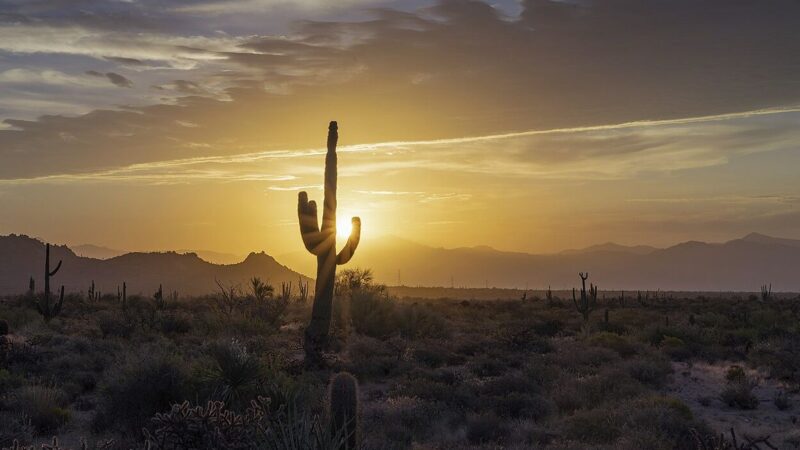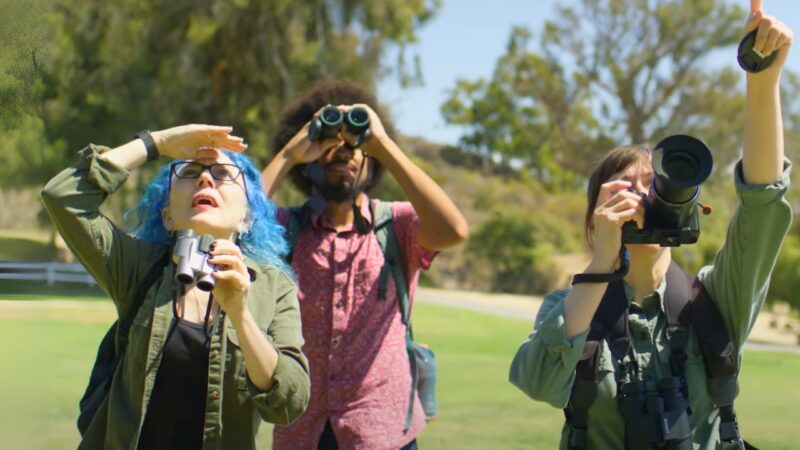
- Air, Food & Water
- Sustainable Business
- Climate Change
- Nature & Conservation
- Energy & Technology
- Cities & Towns
Eight scientific visions for a thriving planet
At Earth Now: Earth 2050, UCLA’s top environmental thinkers gave short talks on the paths we must take to have a sustainable planet in decades to come.
A more balanced world is in our sights.
At last month’s inaugural Luskin Endowment Symposium, over 2,000 attendees heard first-hand about concerted efforts to right past missteps and shape a better future for the planet.
The wide ranging, three-day event, “Earth Now: Earth 2050,” covered cutting edge science, sustainable design, public policy efforts and multi-media narratives on environmental issues.
Held at UCLA’s new Luskin Conference Center, speakers included elected officials, authors, artists, faculty and students.
It was also an opportunity to engage the next generation of environmentalists. High school students submitted creative videos for GreenShorts, a short film contest. Another 250 came for mentoring, hands-on marine biology and campus sustainability tours.
One event highlight was a series of short talks by Institute of the Environment and Sustainability faculty. They offered science-based visions on what a sustainable Earth could look like in 2050 and how we might get there. Here they are:
Brad Shaffer – “Biodiversity in 2050 L.A.”
Los Angeles ranks among the world’s top 40 biodiversity hotspots—it has a diverse range of species, many of which are under threat. Making this metropolis a living laboratory of native and non-native species is the bold idea of ecologist Brad Shaffer, head of La Kretz Center for California Conservation Science.
If we can protect California species and strategically adopt endangered non–native species, “we can have an L.A. bristling with cool biodiversity, and we’re also doing the right thing by saving a few species that otherwise might go extinct,” says Shaffer.
Magali Delmas – “The Convenient Environmentalist”
Most consumers only make green choices when it’s convenient, says Magali Delmas, director of the Center for Corporate Environmental Performance. That’s despite the fact that most believe “if we continue on our present course we’ll soon experience a major environmental catastrophe.”
People want more than environmental benefits to buy green. A self-confessed “convenient environmentalist,” Delmas says the four main co-drivers of environmental consumerism are health, status, price and performance. Here she explains which of these drivers is most important—and why it may come as a surprise.
Tom Smith – “Congo Basin Institute: UCLA’s New Foreign Affiliate”
Much of Africa suffers from deforestation, climate change, over-population and poverty. Local efforts to fight these problems are hampered by a devastating brain-drain—80 percent of Africans who attend overseas universities don’t return home. Reversing that trend will set Africa on the right path, says Tom Smith, director of the Center for Tropical Research.
Smith’s efforts to create permanent networks of well-trained local scientists culminated in the opening of the Congo Basin Institute last year. It’s the “most optimistic I’ve been about Africa in the last 30 years,” he says.
Aradhna Tripati – “The New Paradigm for Climate Science”
Climate science is stuck. There’s so much uncertainty in current climate models that it’s impossible to know how we need to adapt, and how soon. That’s why Aradhna Tripati is busy creating a new way to conduct that science.
Tripati, along with 11 other cross-disciplinary scientists, has pioneered technology to take more precise climate measurements. More specific measurements will give policy makers better guidance on local and global adaptive measures.
Robert Eagle Tripati – “Why Marine Biology Matters to You in A High CO2 World”
What do single-celled plankton have to do with our future? A lot more than you’d think. Plankton sucks up the equivalent of seven million cars’ worth of carbon emissions every year in the seas around Antarctica alone. All told, the ocean absorbs a quarter of the carbon dioxide we release into the atmosphere.
What concerns UCLA assistant professor Robert Eagle Tripati is that climate change models focus almost entirely on rising temperatures. They fail to consider how these processes mitigate climate change. Eagle Tripati says how plankton adapt to warming water and increasing ocean acidity is something to be concerned about.
Deepak Rajagopal – “A Game Changer for Sustainability”
Uber-ized electric vehicle transportation and a renaissance in mass transit will be key components for more sustainable and livable urban environments. That’s the vision of UCLA assistant professor Deepak Rajagopal.
For Rajagopal, the car ‘sharing economy’ of Uber and Lyft is analogous to National Parks—one doesn’t have to own them to enjoy the benefits. As owning a personal car becomes less attractive and shared fleets go electric, emissions will decline drastically, air quality will improve, and obsolete parking lots can become green spaces in an urban win-win.
Stephanie Pincetl – “One Scientific Vision for a Sustainable Planet”
Imagine a quiet city running solely on clean electric power—a city where birdsong is heard and no waste is created. This post-carbon city is the key to our survival, according to Stephanie Pincetl, Director of the California Center for Sustainable Communities.
Rather than smart cities relying on complex technology to make day-to-day decisions, Pincetl envisions intelligent cities that are based on human decisions and shared, interactive democracy. These decarbonized cities will have slower, more sustainable economies than our current resource-extravagant ones.
Alex Hall – “Using Big Data to Revolutionize Sustainability”
Classic twentieth century planning “specified human demands and then met them through colossal interventions in nature,” says Alex Hall, director of the Center for Climate Science.
Computer models now create such data that is so precise, Hall believes it will revolutionize how we use natural resources. Our interactions with the natural world can be more nuanced, more strategically targeted and less damaging. With the right models we’ll know exactly where to put offshore wind turbines to maximize energy capture while minimizing ecosystem damage, for example.




